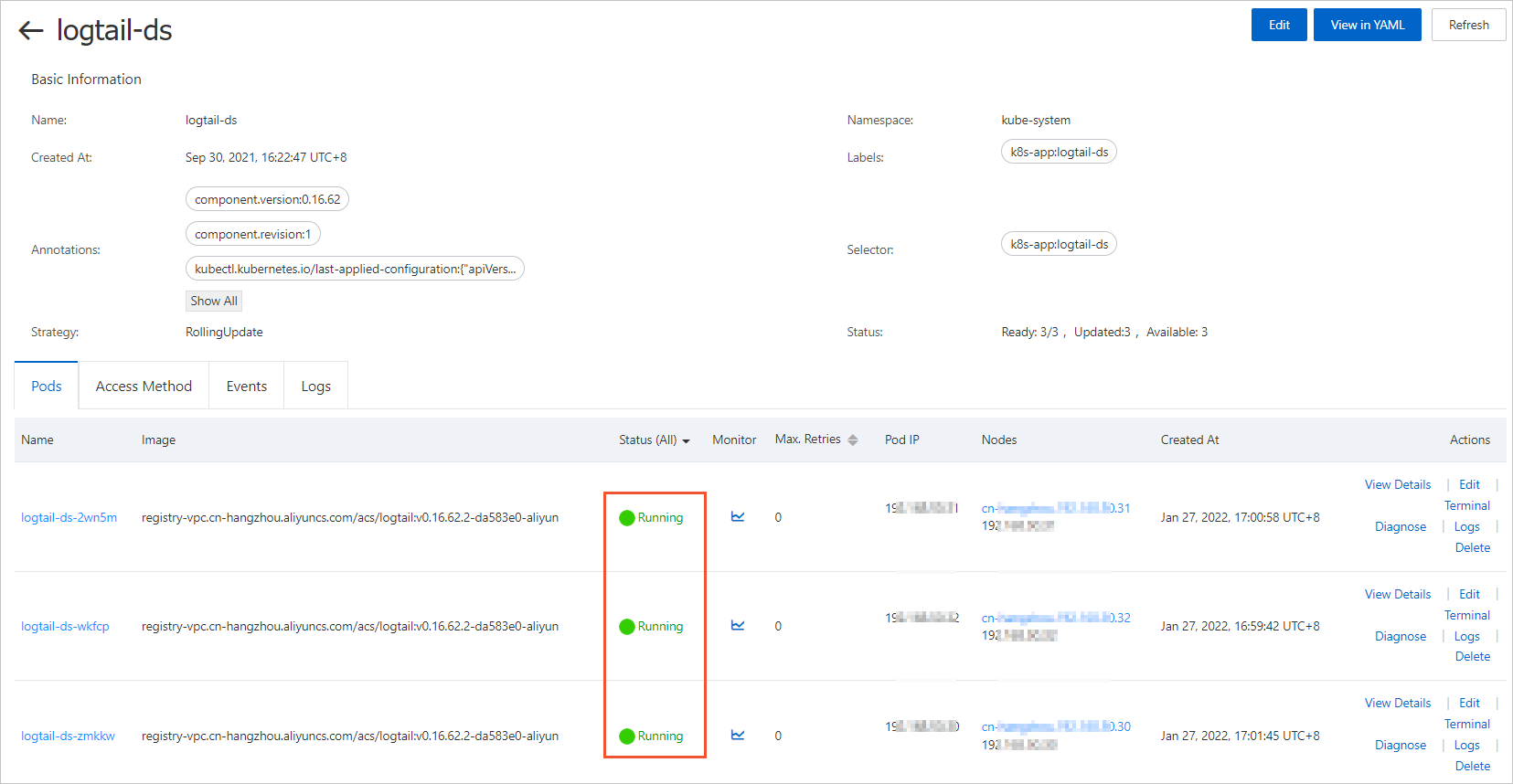

Loggly hence provides great value from IIS logs as it helps solve problems and proactively prevents them.

Users can send IIS logs to Loggly via NXlog, which converts them to JSON format after extracting each field in the IIS logs. Loggly offers advanced IIS logging capabilities including indexing, parsing, organizing, and visualizing the IIS logs to solve problems faster. Users can also monitor IIS metrics and logs in a single place and can configure Datadog to get alerts when IIS encounters performance issues. Datadog lets users analyze IIS log data, graph it, and aggregate it by any facet. Users can forward logs to Papertrail by NXlogs, or event log-to-Syslog. They’re searchable by time, date, IP address, and more in real time and eliminate the need to sift through individual log files spread across the environment. Papertrail provides a single view of all IIS log files, which helps discover data patterns and trends.

Getting a centralized view of IIS log management is a difficult task. It logs more data than other log formats and contains information like IP and username, service status, request date, and time. IIS Log File format is a fixed text-based format in the form of ASCII text-based format wherein users cannot customize the file format. In case automated parsing isn’t available for a log type, Loggly lets users log and perform a full-text search, and is thus a better choice than the other two tools.

Loggly automatically parses many kinds of data, which allows users to perform advanced functions like statistical analysis on advanced values and faceted search. Loggly, on the other hand, is continually working to integrate more log types into the ecosystem and recognizes Apache, JAVA, JSON, Nginx, NodeJS, PHP, Rails, and Python, amongst others.
#Logtail alternative windows
Papertrail supports JSON, MySQL, Windows Event Log, Common Log Format, and W3C Extended Log Format, amongst others. For other formats, it lets users augment the records via the Grok Parser, helping them extract attributes from semi-structured text messages. Log Parsingĭatadog automatically parses JSON formatted logs. Now let’s take a deep dive into some standard features these tools offer. It allows users to track performance with auto-generated service views and a comfortable navigation facility across logs, metrics, and request traces. It offers more than four hundred built-in integrations. Datadogĭatadog lets users see across their apps, systems, and services with turnkey aggregations. Loggly also allows users to create specific parsing rules. It allows users to create charts in the form of percentiles, averages, and more through structured, semi-structured, and unstructured log data. Its unique dynamic field explorer capability provides a structured summary of the parsed logs, allowing users to answer key questions, spot trends, and track SLA compliance. Users can also create a Jira ticket based on a specific log data within Loggly.
#Logtail alternative software
It lets users send logs and metrics from multiple sources and is capable of integrating with the software development life cycle. Loggly is a cloud-based service designed to automatically structure and summarize the log data across the stack. A few of its featured languages include IIS Log Viewer, NGINX Logging, Windows Syslog Server, Linux Log Management, and JavaScript Logging. Papertrail provides support for various log formats and parses logs automatically while helping eliminate the requirement of grep or AWK to view, search, or tail events in real time from a single UI.
#Logtail alternative archive
Users can back up and archive log data along with controlling global retention policies through its intuitive UI. SolarWinds ® Papertrail consolidates logs at a central location, making it easier for users to diagnose and resolve issues quickly. In this blog, we’ve outlined a detailed comparison between a few standard features of Papertrail ™, Datadog, and Loggly ®, but first, let’s understand the basics of these tools. Log files and log management tools are also critical to addressing incidents. Companies with hybrid infrastructure and multiple applications also need to ensure outages are resolved quickly and there’s almost 0% downtime. Companies can leverage the log data and address hostile activities beforehand. Log management tools also play a quintessential role in intrusion detection. While there are many log management tools available to choose from, users should pick a log management tool based on factors such as capabilities of the tool, features, pricing, organization size, use cases, and legal or regulatory obligations. It involves log collection, log parsing, searching, and log archiving, amongst others. Log management refers to managing the log events via log management tools.


 0 kommentar(er)
0 kommentar(er)
